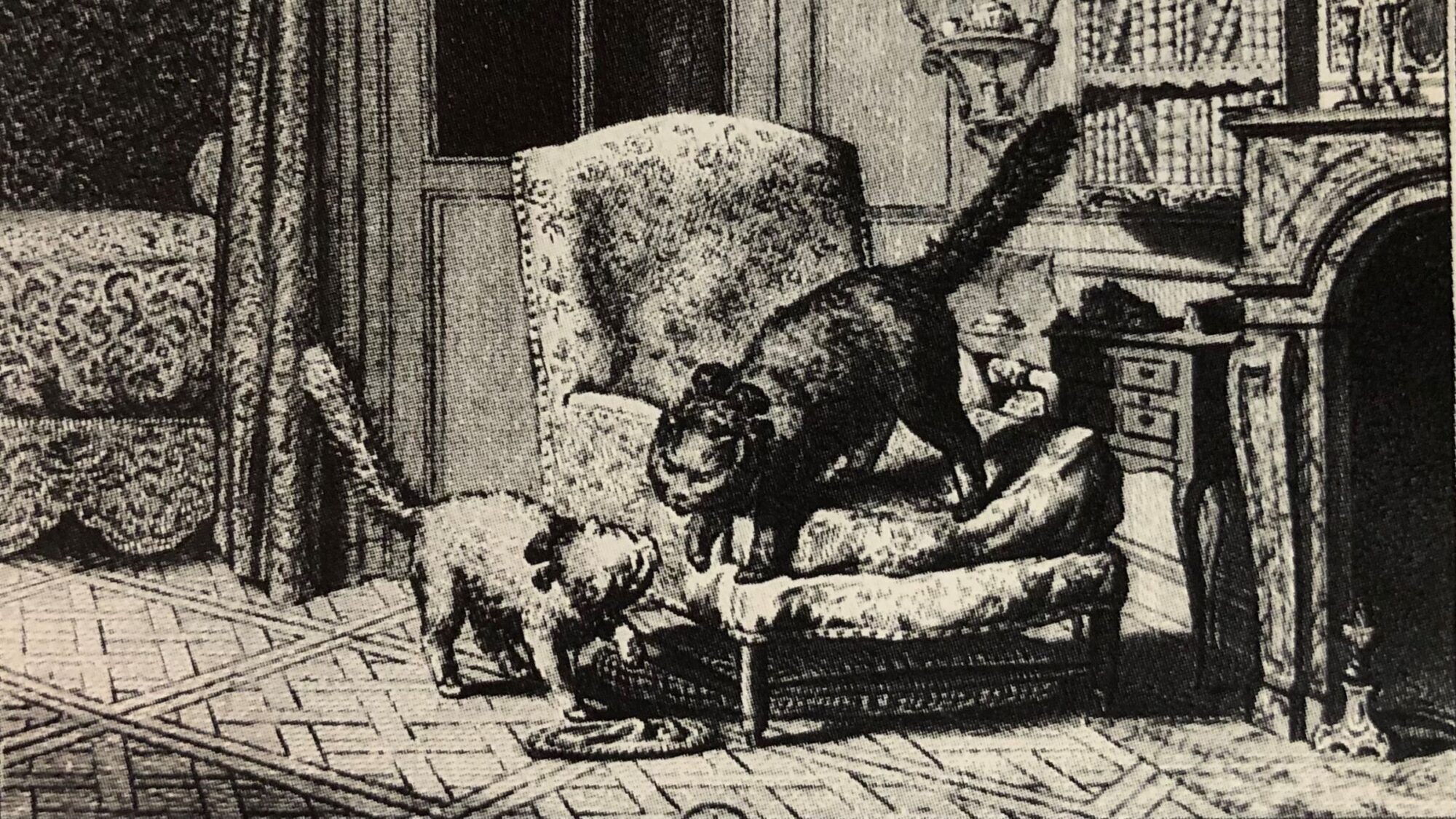
Parquet flooring can be seen in any current interior magazine. As you casually flip through glossy pages, and look at the photographs of the stylish rooms, what do you see on the floors? Parquet…you see lots and lots and parquet, so much so that you would be tempted to think that parquet flooring, those floors of shaped pieces of timber, such as herringbone, chevron, and Versailles pattern have just arrived on the interior design scene. That, however, is not the case. Parquet flooring has a long, interesting history.
What is parquet flooring?
In the late medieval period in Europe, as upstairs rooms became more common in domestic dwellings, so did the practice of flooring them in timber planking. The progression from crude, rough planks to more delicate, patterned ones is not difficult to imagine. This process, over the course of centuries, probably occurred all over Europe simultaneously in various regions and countries. What we call parquet flooring today is what grew out of this process, shaped pieces of timber arranged into intricate patterns to form a floor surface.
Types of parquet patterns
Over the centuries there have been many different types of parquet patterns. The most famous of which have been:
- Herringbone parquet
- Double herringbone
- Chevron parquet (also known as Hungarian point parquet)
- Basketweave parquet
- Parquet panels such as: Versailles, Albert, Chantilly, Cross, Etoile
- Mansion weave parquet
Parquet history: The early days
What we would now recognise as parquet wood flooring is said to have originated in the chateaux of France in the sixteenth century. This could have been a French invention or could have arrived with Catherine de’ Medici, her entourage, and her Italian cultural influence in the 1530s. We do know, however, that Italian architects were employed at her palace at Fontainebleau at that time, designing in the Renaissance style. Whether parquet was used is unknown but it seems likely. Later, in the 1620s, another de’ Medici, in this case, Marie, is known to have installed an elaborate Parquet Marquette, executed in a technique brought over from Italy, in her closet at the newly constructed Luxembourg Palace in Paris. The Luxembourg was considered to be the most influential building in all of Europe and no doubt facilitated the spread of the use of parquet.
By far the best-known use of parquet in its early days was at the Palace of Versailles, home of the French royal court from the 1680s until 1789. Louis XIV, the Sun King, if not the most powerful monarch in Europe at the time, was certainly the most influential, with French taste in architecture and interior design being far-reaching and preeminent. This, added to the fact that at Versailles, unlike in many earlier applications, the parquet flooring was used throughout the palace, not just in the more intimate chambers. Here, it was utilised in the grand halls and salons, where in earlier times, stone would have been used. Two types of wooden parquet patterns were used at Versailles: the chevron pattern and the pattern now known as panel de Versailles, the Versailles panel.
These forms of parquet evolved at Versailles and the other French royal palaces at the end of the seventeenth century were generally adopted all over Europe during the next fifty years. This was especially the case in the German provinces where there was a long-standing tradition of superior wood craftsmanship, which was often bestowed on intricate timber flooring. The general exception to the rule was Great Britain.
Parquet in Britain
The earliest documented use of parquet flooring in Britain was at Denmark House in London, which later became Somerset House, where it was specified by architect Inigo Jones. It was also installed in the Queen’s Bed Chamber at Ham House, in 1673, but beyond these exceptional residences, it was not frequently seen. In a drawing of Samuel Pepys’s London library, circa 1692, we are shown a room of wide, bare floorboards. This seems to have been accepted practice at the time for even the more well-to-do.
While its use became more and more common on the continent in the eighteenth century, parquet did not see a significant increase in popularity here in the UK. In the same way that the Rococo style of decoration, which swept through Europe in the 1730s, never gained widespread popularity in Britain, so could be said of parquet flooring. Perhaps it was seen as something irredeemably connected to the fussiness of Rococo interiors and not entirely compatible with the predominant Anglo-Palladian style of the time, or perhaps it could have been deemed, in British eyes, as too French.
While all the above might be true, it must be said that British taste in flooring, first and foremost, simply diverged from that on the Continent. One of the greatest differences, by the eighteenth century, was the extensive use of carpeting for domestic floors in the UK. While many today are surprised at the idea of there being fitted carpeting two and three centuries ago, in actuality, it was extremely common, especially in the homes of the more well off. With the floors being covered by these carpets, fancy parquet would have been, obviously, unnecessary. English architect Isaac Ware wrote in 1754 that, “the use of carpeting at this time has set aside the ornamenting of floors in great measure.” This practice continued throughout the eighteenth century and well into the nineteenth. While styles changed, the British preference for carpeting and the Continental preference for parquet did not.
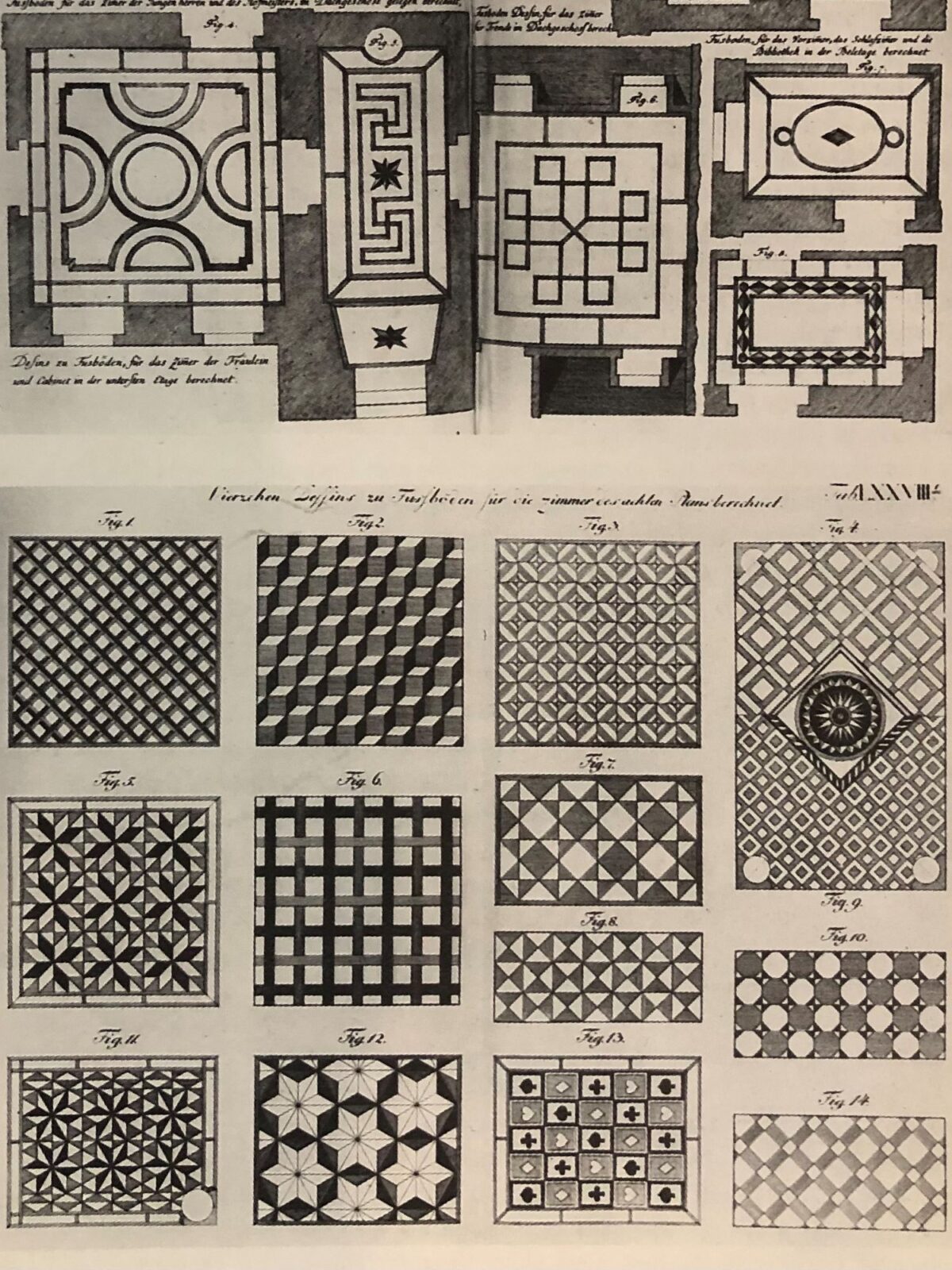
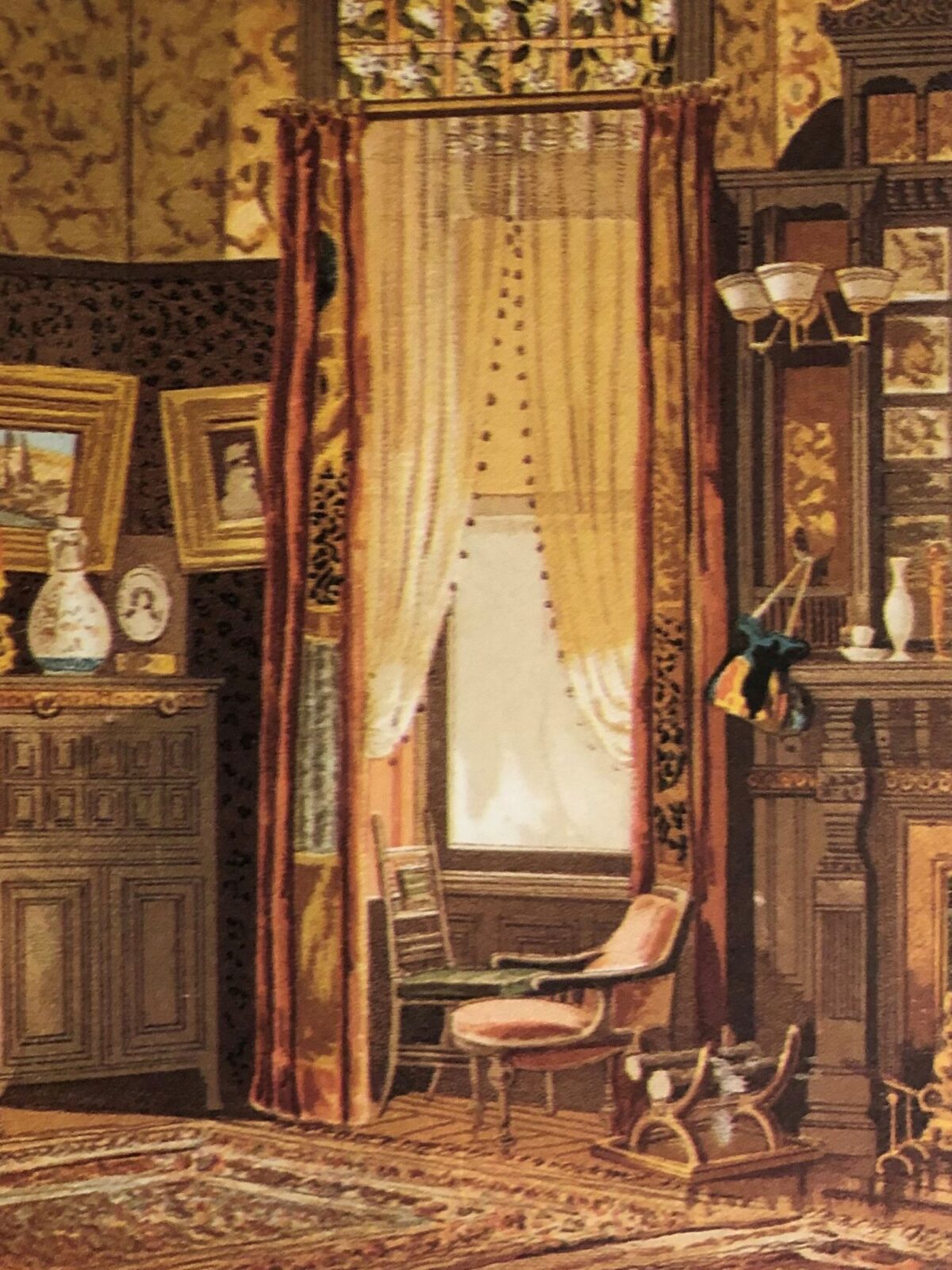
Parquet flooring nineteenth century to today
The first half of the nineteenth century, in regards to interior design, is best known for its “Battle of the Styles,” that proliferation of myriad expressions of architecture and decoration, such as neo-Gothic, neo-Grecian, neo-Rococo, Egyptian, and Pompeian to name but a few. Enterprising manufacturers, empowered by increasing mechanisation of production, were only too willing to supply parquet flooring that if not exactly in the particular style itself, would certainly not look out of place in an Egyptian themed library or a “Louis Quatorze” boudoir.
The excesses of the Battle of the Styles, however, did not go unnoticed by tastemakers. Reformers, such as Charles Eastlake, who published his Hints on Household in 1868 in London, condemned the superficial and decadent output of the period. A prime example of the sort of thing that met with his withering criticism was the typical machine woven carpeting offered to consumers at the time. Somewhat surprisingly, given that it was also mass-produced at the time, Eastlake considered parquet flooring, at least that more restrained in design, to be in good taste, and showed several patterns of it in his Hints.
Such was his influence that parquet floors became increasingly popular in the late nineteenth century. Smart interiors in the UK, which previously would have installed fitted carpeting, were now floored throughout in dark, lustrous parquet, with herringbone being the preferred pattern. Of course, on the Continent, where such flooring had been the norm throughout the century, the renewed interest in parquet was not so much seen as a departure from earlier practise but as the revival of a much-loved traditional form.
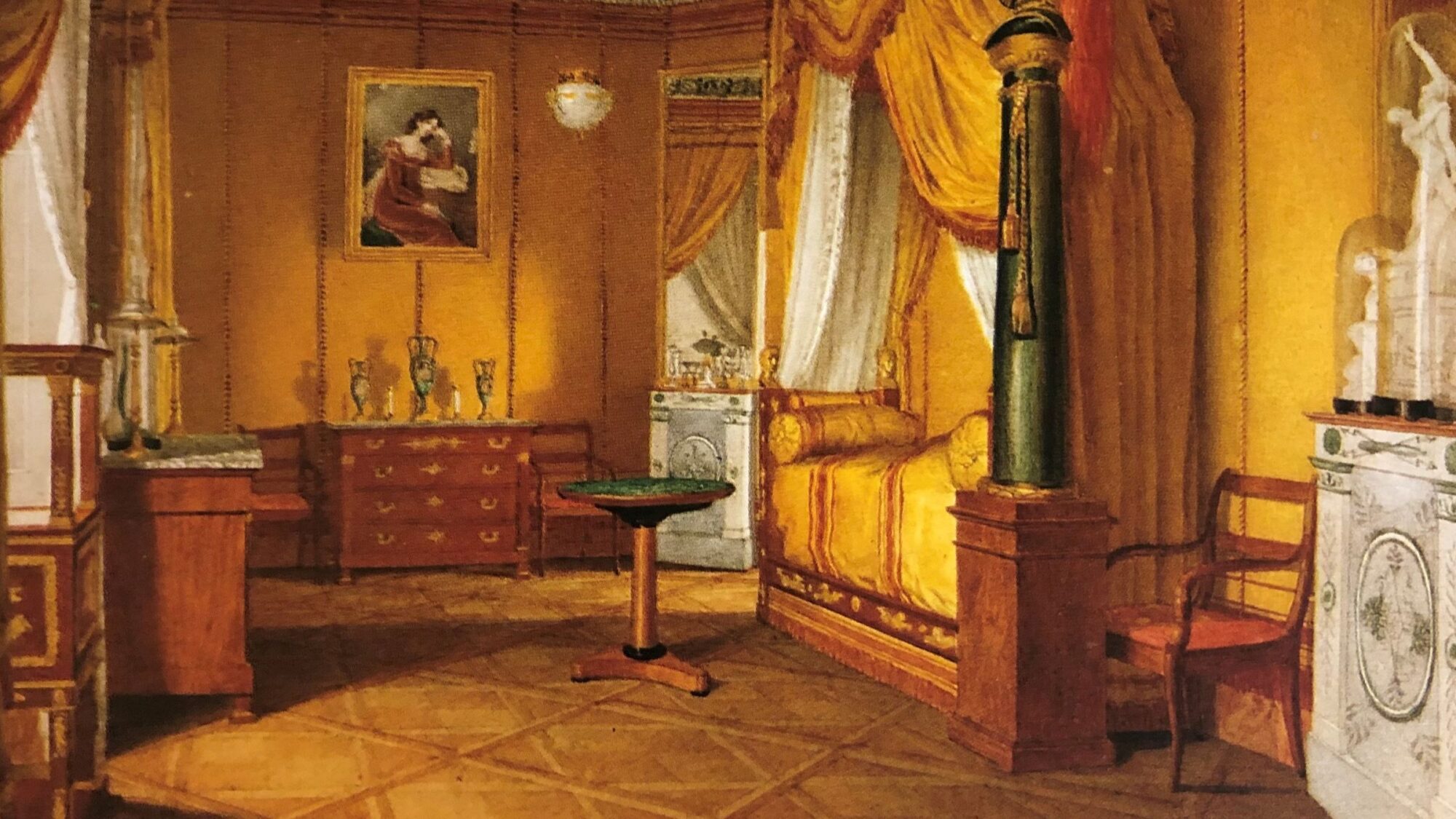
Images from Peter Thornton: Authentic Decor: The Domestic Interior 1620-1920 New York / Avenel, New Jersey: Crescent Books, 1985.
This popularity continued into the twentieth century, moving from the eclecticism of the previous decades to the Art Nouveau and neo-classical styles which typified the years up to the First World War both on the Continent here in the UK. It was in the interwar years that things began to change significantly in Britain. While the traditional parquet floors, especially small-scale herringbone remained popular on the Continent, especially in central Europe, British tastes once again moved toward fitted carpeting, the catalyst no doubt being the advent of mechanised tufting in 1930, a process which made carpeting much more affordable.
After the War, British taste remaining entrenched, parquet was rarely seen in domestic interiors, its appearance seemingly being limited to schools and church halls. By the 1960s, if any was to be found in the home at all, it would be the odd bit of finger parquet in the entrance hall. When Solid Floor first opened its doors in London in 1997, being a company with Dutch origins, we offered traditional herringbone and chevron floors in a good many species of timber. We had few takers in those days, with most of our British clients shying away from parquet, saying that it, especially the herringbone, reminded them, “of school.”
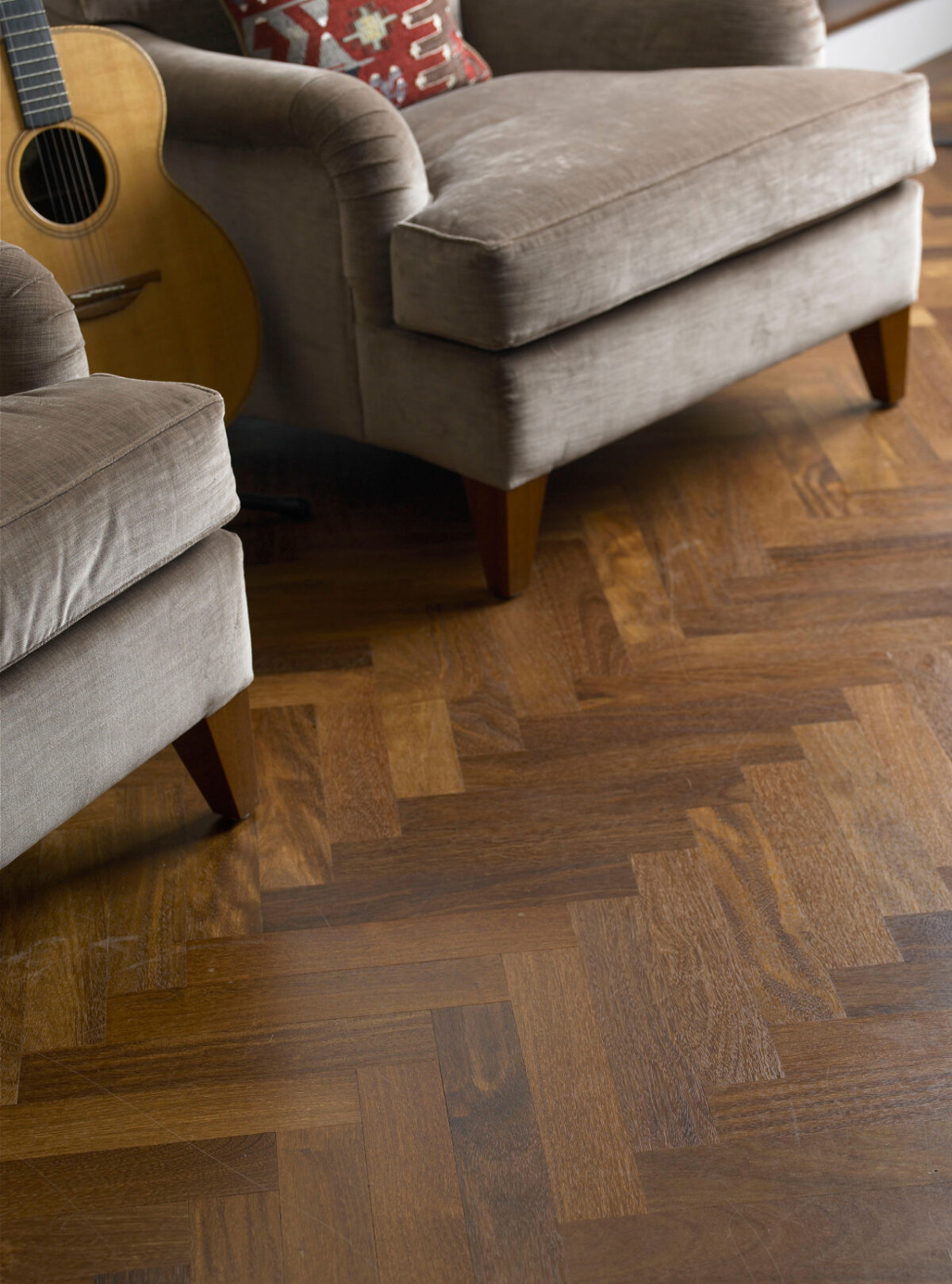

Parquet flooring at Solid Floor
Things were about to change, however, beginning about a decade ago. What started as a trickle has turned into a stream, and requests for herringbone, chevron, mansion weave, and Versailles panels make up a large portion of our business these days. Being able to supply it as a pre-finished product has no doubt made it more accessible, and given that it is now being specified for a variety of modern settings, has made it all the more desirable. Indeed, parquet has come back, and it doesn’t look as though it will be going away any time soon. It is available in the following bespoke ranges at Solid Floor: Strata, Landmark, Tate, Magma and London. Head over to our gallery for parquet inspiration.